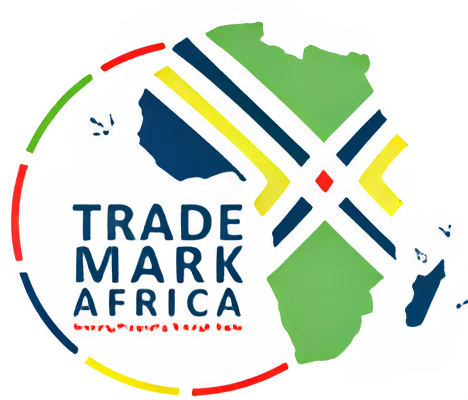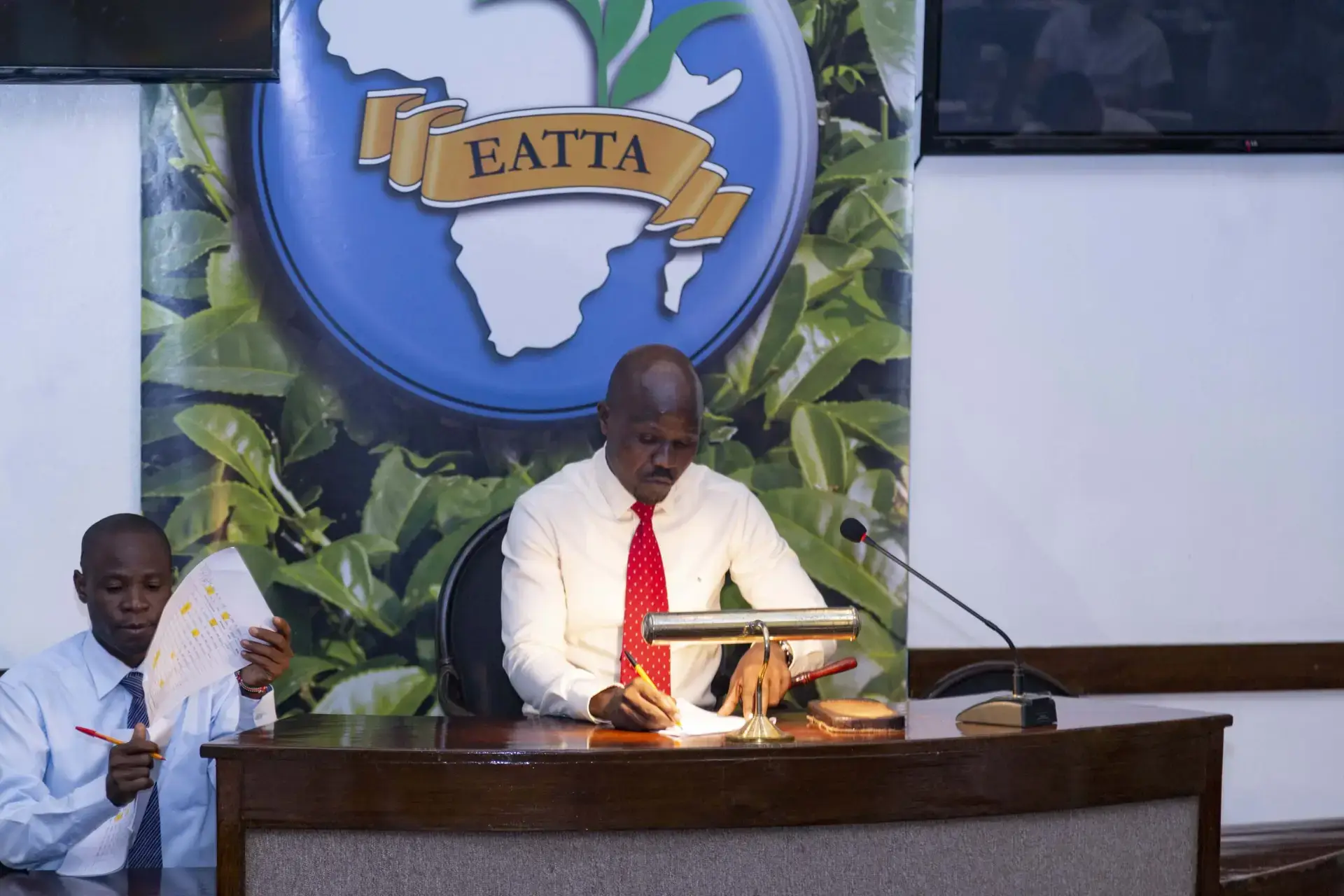Like many Kenyans, George Adulu an Information Technology (IT) professional from Nairobi, religiously takes a hot cup of tea with his breakfast, paying homage to an age-old Kenyan tradition. Tea is a breakfast staple, a ten o’clock break beverage and a night cap. Many households brew it with milk and water until it acquires a golden colour. The case is repeated across many Eastern African countries.
The popularity of tea makes it the second most consumed drink in the world after water. In 2018, global consumption of tea amounted to about 273 billion litres and is forecasted to reach 297 billion litres by 2021. George’s home country, Kenya and its neighbors in East and Central Africa regions are not only big consumers of tea, but also leading producers who trade most of their black tea at the Mombasa Tea Auction. This is the largest black crush, tear and curl (CTC) tea auction center in the world that accounts for 32 percent of global tea exports. The Mombasa Tea Auction (MTA) centre is known for high quality teas that are brought in from across other African tea growing countries including Kenya, Uganda, Tanzania, Rwanda, Burundi, Ethiopia, Democratic Republic of Congo, Malawi, Madagascar and Mozambique. Every Monday and Tuesday, the auction is a buzz of activities governed by the strike of a hammer as numerous papers are exchanged between buyers, sellers and their intermediaries and tea hauled into ships afterwards.
Tea trading at MTA is everything but seamless. That’s about to change.
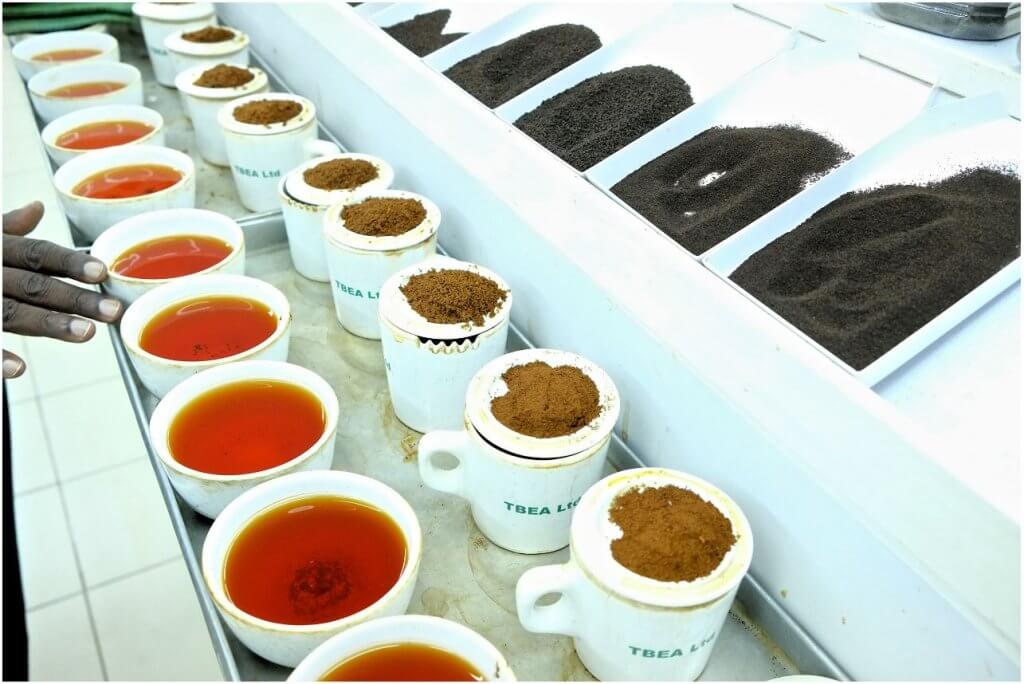
Digitisation is transforming tea trade on the African continent. From the moment the farmer tills the soil to plant the crop to the moment it pours into cups across the globe, the change is palpable.
For many tea farmers in East and Central Africa, the tea trading process is mysterious. Little information is availed by the tea cooperatives societies on what happens beyond tea collection. Many resign to the fact that the determinants of who, where, and how much tea is sold can only be found beyond their village tea collection centres and factories which is way beyond their reach. On going digitisation efforts will soon enable the farmer in the remotest part of Africa to trace the movement of his or her tea across factories and shipping companies and the market trends affecting tea trade in the world; using the mobile phone.
Central to making this possible is TradeMark Africa’s (TMA), digitising efforts that are automating the various aspects of tea trade, building transparency and ridding key industry players of manual processes by supporting digital platforms that will enhance tea trade. For example, with funding from DANIDA, TMA has partnered with the East African Tea Trade Association (EATTA) to automate Mombasa tea trading auction centre through adoption of the Integrated Tea Trading System (ITTS). The ongoing automation is focusing on four areas: membership, catalogue, the auction and business and EATTA members are currently undergoing training centered on the four components.
EATTA is an umbrella body that represents associations under the tea sector from ten East and Central African countries including producers, brokers, buyers, warehouse workers among others helping them ease the buying and selling of their tea. EATTA has more than 220 tea members with small scale farmers comprising 60% of the membership according to EATTA Managing Director, Edward Mudibo.
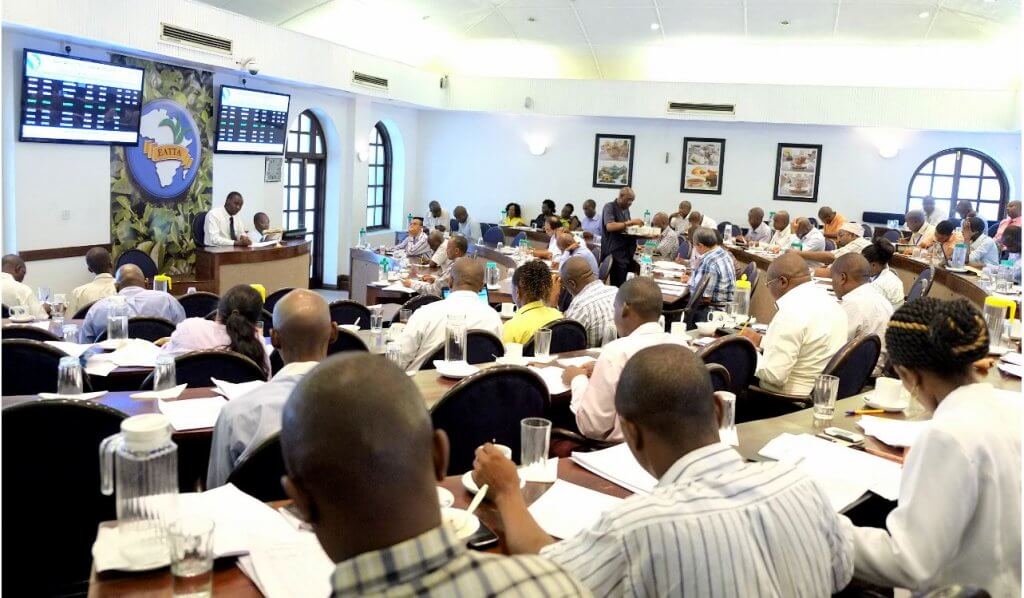
Following its founding in 1957, EATTA rapidly set up its own tea auction in Mombasa to run the sales of East African teas, which had been traded through the London auction until then. The manual system currently used in tea trading at the auction is wrought with high transaction costs for traders, delays and limits frequency of trading. At times tea remains unsold because it is humanly impossible to manually sell everything on busy days. Sometimes traders extend trading hours to even 2100hours to try and deal with demands. It is such a sweat inducing exercise that runs non-stop. The manual applications not only affect the auction centre but also other activities involved in tea trade for instance, buyers have to make their reconciliation and payments manually, and then the tea has to be exported or be transported back to Nairobi for other value addition. Currently, tea auctions are held on Mondays and Tuesdays with a main grades auction held on Tuesdays and secondary grades auction held on Mondays. Because it is manual, multiple stakeholders including tea producers, warehouses, brokers, buyers, middlemen, banks and the government intervene at various points of the trading cycle. The multiple players mean that the process is only familiar to a few people, and the tea farmers have little/no say in the prices of their tea. With evolving global trends in other large auctions of the world such as Colombo in Sri Lanka and Kolkata in India, East African tea risks being overtaken by changing technological advances in trade.
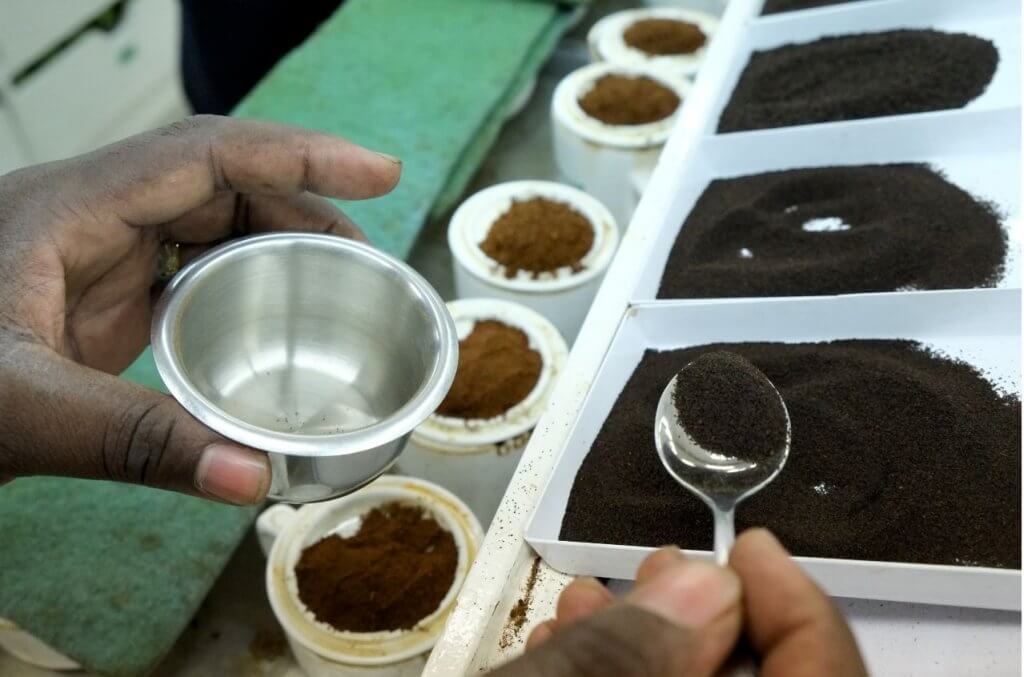
“We are funding EATTA with US$2 million to create a robust platform that will deliver a digital information flow of buying and selling tea. We have been working with EATTA to re-engineer all the services that are manual, and paper based, and move them in to the digital platform, named The Integrated Tea Trading System. This will make it easy for people to share information.” Says Alban Odhiambo, TMA’s Senior Director, Trade Environment. He continues, “Our projections show that an automated system has potential of pushing tea sales to more than US$20 million weekly as it will resolve one of the key structural challenges under the manual system, which is the limited amount of tea that can be sold in a day.”
The Integrated Tea Trading System will reduce the time taken in the tea trading cycle; reduce the cost incurred by producers in the financing trading process; and increase the frequency of trading teas through the auction meaning that traders can sell more volumes in a day.
With the other complimentary automation projects, we are supporting in the sector, tea trading will become more convenient for exporters as they can now buy tea at the Mombasa Tea Auction and get their export permits much faster. They no longer have to wait for one week to ship their consignment like was the case in the past, Alban enthuses.
The transition has not been without its challenges as Mudibo notes, “In 2012 some members were opposed to the automation process in totality and others were of the view we should only automate certain aspects and especially keep our hammer. But with intense awareness to members, positions have changes and many of us now realize that automation will increase and grow business.” A cross section of the auction ecosystem outline some of the expected benefits including reduction of paperwork, reducing redundancy of data entry improve record management and maintain a historical trail of the tea trading chain thus enhancing decision making.
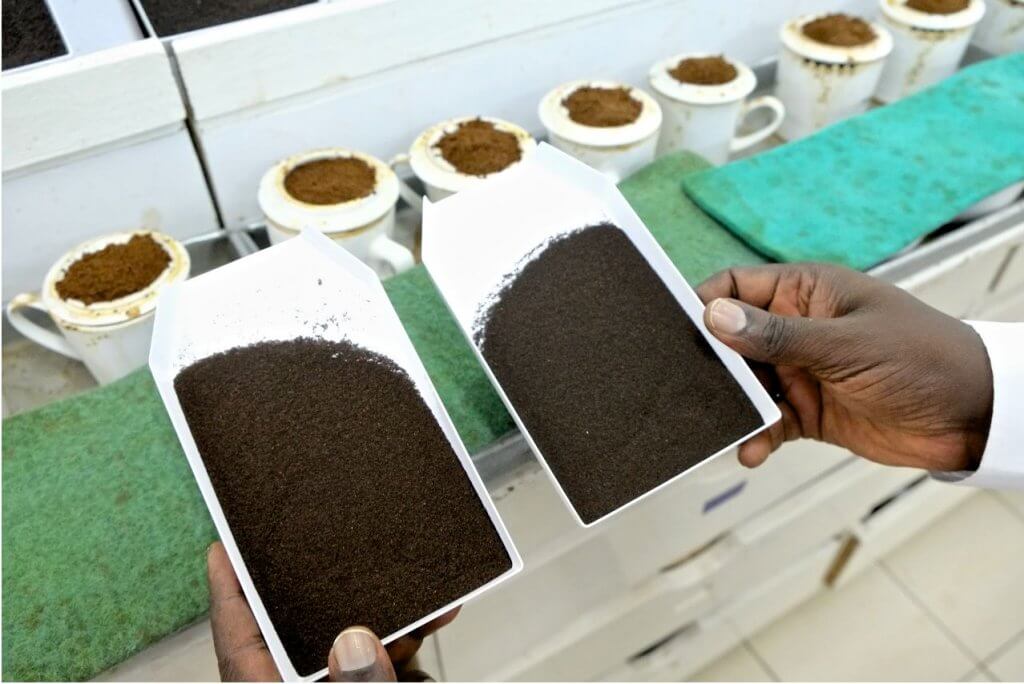
TMA’s Alban Odhiambo hints at a green future saying the institution envisions supporting many more advanced digitised platforms that will relay simplified information to a farmer and eliminate paper. Farmers should, using their mobile phones, know who bought their tea and who is consuming it and consumers should be able to know under what conditions their favourite hot cup was produced. “In agriculture, traceability is becoming a very critical issue where health safety issues are concerned. Consumer habits and preferences as well as marketing trends are making mobile phones a critical part of trade in agricultural produce. An app that tells farmers who consumes their tea and their preferences will help them work to capture of other markets.”
The numbers and quotes in this story were updated on 27th April 2020 to provide an accurate picture of more recent state.
